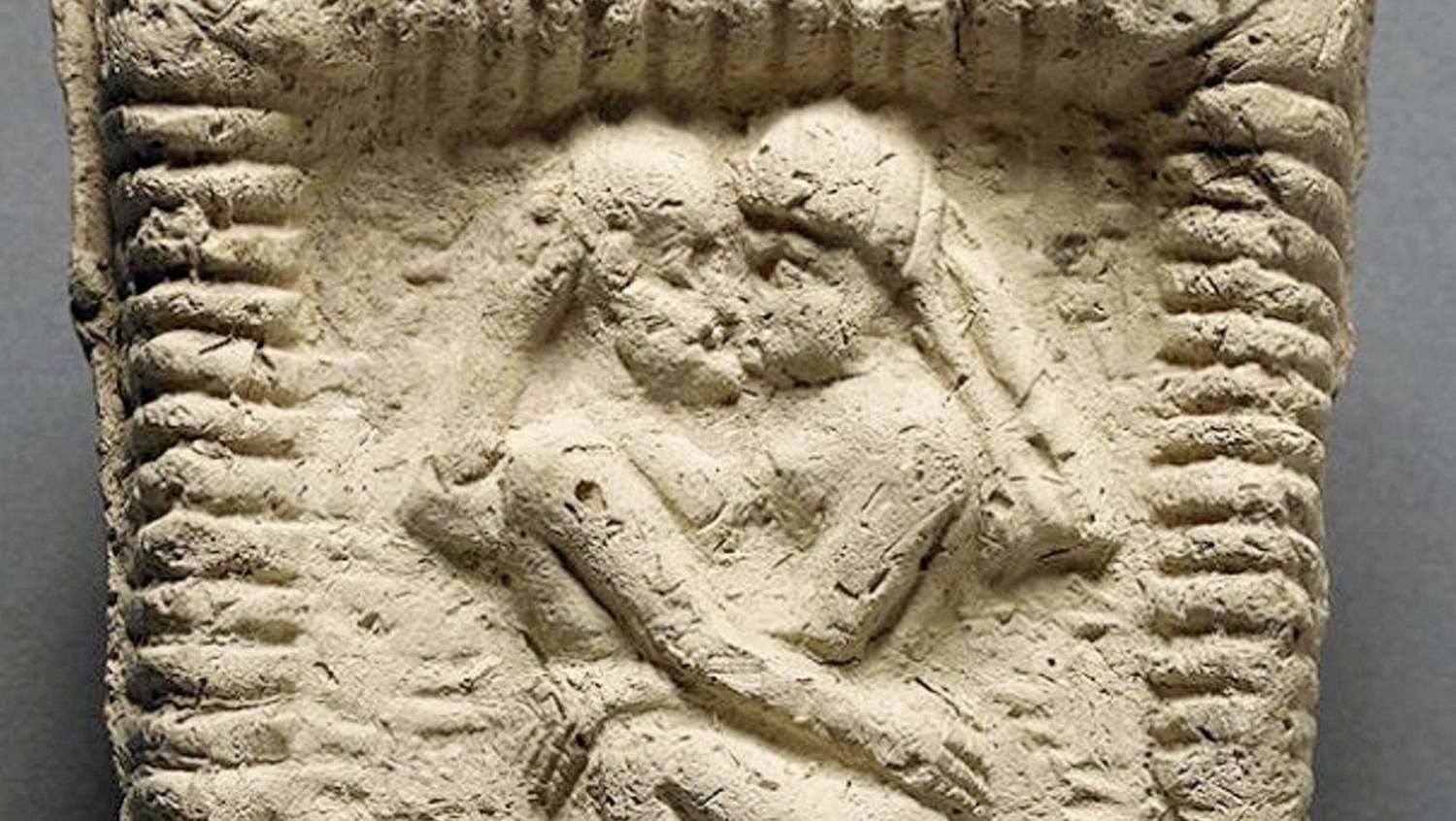According to written sources, people have been practicing kissing 4,500 years ago, much earlier than science previously thought. As it turned out from the records, intimate contact promoted the spread of the herpes virus even then.
According to scientific research so far, the earliest evidence of kissing comes from South Asia 3,500 years ago. Researchers from the University of Copenhagen and the University of Oxford claim this can be refuted in their latest study: Written sources document that peoples of the ancient Middle East were already practicing kissing 4,500 years ago.
Texts found on clay cuneiform tablets made in ancient Mesopotamia – between the Tigris and Euphrates rivers in present-day Iraq and Syria – contain clear examples that kissing was considered part of romantic intimacy in ancient times, just as kissing was part of friendships and individuals. Family.It could also be part of his relationship Quoted by Dr. Trolls Bank Arbol, an expert in the history of medicine in Mesopotamia Sciences From an article published in a scientific journal eyelash.
Research biologist Dr. Sophie Lund Rasmussen explained that research on humans’ closest living relatives, such as bonobos and chimpanzees, has shown that both species are kissing, which may indicate that the practice is basic human behavior. It follows, in fact, that we could have kissed much earlier than the newfound discoveries.
This explains why it is found across cultures.
Herpes or Boccano?
In addition to its importance in social and sexual behavior, the practice of kissing may have an unintended role in the spread of infection. Although it is questionable to point to the kiss itself as the root cause of the spread of certain pathogens, there is no denying that intimate practice has accelerated the process.
The best example is the rampant spread of herpes simplex 1, which has also been reported in ancient records. Since these medical texts were influenced by many cultural and religious views, it is not possible to say with absolute certainty that the disease then referred to as Bochano was in fact herpes, and the symptoms were eerily similar.
The authors noted that “Buchano’s disease occurred mainly in or around the mouth and throat, and symptoms included blisters in this area, which is a prevalent sign of herpes infection.”
(Cover photo: Discovering Mesopotamia. Photo: NorthPhoto)












































